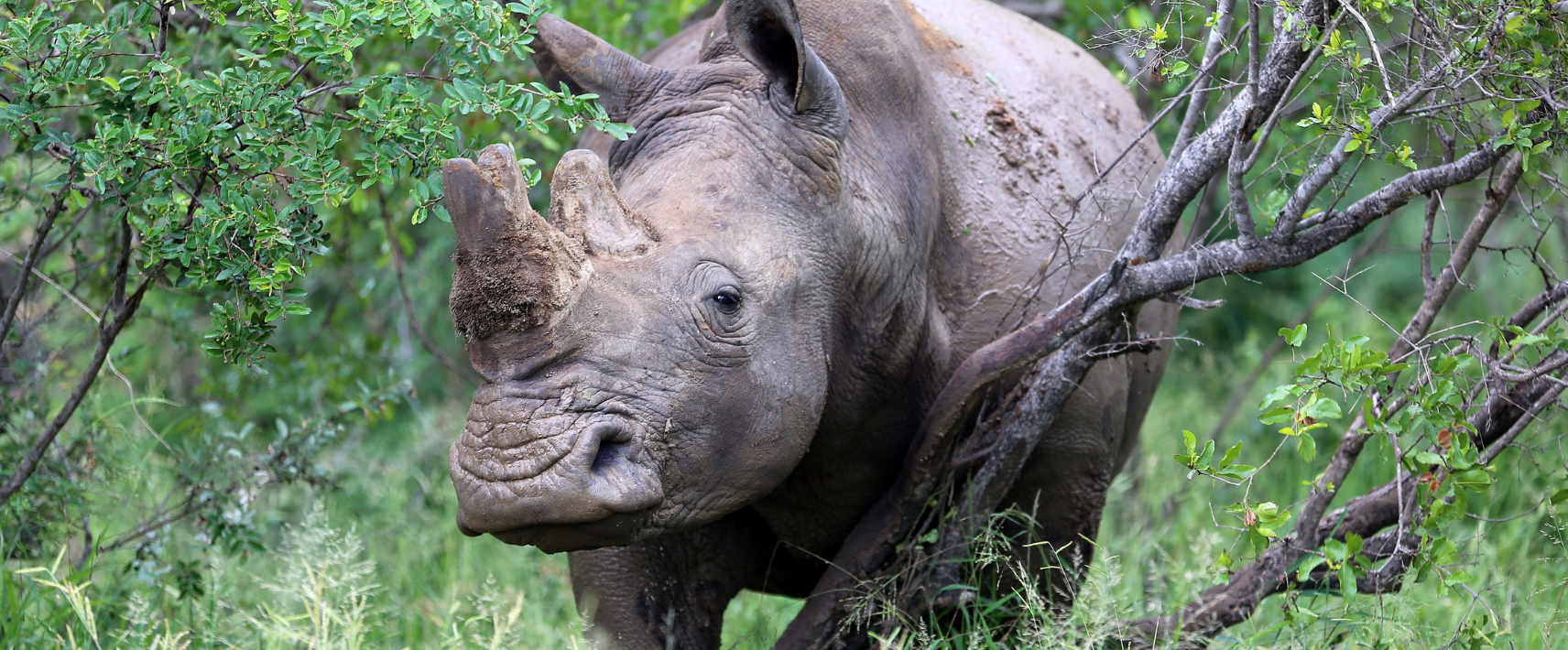One of the most important global meetings on wildlife trade has just wrapped up in Uzbekistan. It’s capital city Samarkand was where governments convened for the 20th Conference of the Parties (CoP20) to the Convention on International Trade in Endangered Species of Wild Fauna and Flora (CITES) to decide how international trade should be managed for some of the world’s most threatened...
Humane Society International is rightly proud of our extensive history of threatened species and ecological community nominations under both federal and state environment laws, however whilst getting a species or community listed is a critical first step, it is not the end of the story.
One of the most important first steps once a threatened species or ecological community is listed is the development of a Recovery Plan. Recovery Plans are a crucial and powerful way to stop species becoming extinct. In effect they are a plan setting out the steps and actions needed to firstly protect, and secondly recover the threatened entity back to healthy population levels so that they can flourish and be taken off the threatened list. Importantly they provide the legal mechanism to ensure this protection and recovery occurs. And there is no other regulatory mechanism that has the legislative power to make government accountable for conservation in Australia.
Concerningly, the federal government is currently consulting on the first tranche in an expected total of around 600 threatened species and ecological communities for which they are proposing that Recovery Plans are not required. The proposal is that instead they be replaced by weaker Conservation Advices, which are prepared at the time of the entity’s listing. Species for which they are proposing to remove Recovery Plan include the Tasmanian Devil, the Glossy Back Cockatoo, the Green and Golden Bell frog, the Sei whale and the Spectacled Flying-Fox, to name just a handful from a long list. The Endangered Spectacled Flying-Fox, a keystone pollinator and seed disperser for the Wet Tropics which is facing significant threats to their roosts as they are moved in. This species’ conservation status has declined by a75-80% in the past 15 years, and needs every help they can get to help populations recover. HSI therefore questions why government is seeking to abandon the Spectacled Flying-Fox’s Recovery Plan at this critical stage?
Sadly important Recovery Plans for threatened ecological communities are also under threat, such as for heavily impacted brigalow, coolabah-black box and grey box grassy woodlands and Tasmanian kelp forests. Abandoning recovery plans for so many of Australia’s threatened ecosystems like this is particularly worrying given the fact that these Recovery Plans act as an essential umbrella protection for large numbers of threatened species.
The rationale for this move is that there are an overwhelming backlog of plans that need to written, there isn’t sufficient resourcing to prepare the plans and Conservation Advices are just as effective. However this ignores the critical fact that Conservation Advices do not have the same legal standing as Recovery Plans, which can only led to weaker legal protection for our most threatened species and their habitats.
The simple fact is removing Recovery Plans will mean less powerful conservation for species and ecological communities most at risk. We have every sympathy for the expert Threatened Species Scientific Committee who are trying to come up with a solution, but instead we believe a different approach is needed.
Recovery Plans can and do save species. The US Endangered Species Act pioneered recovery planning and is considered the global standard for threatened species protection and recovery. 85% of birds listed under the US Endangered Species Act with a Recovery Plan, have seen their populations increase or stabilise. But in order to be successful they need to be properly resourced, and sadly in the most part in Australia this has not been the case, which has led to the proposed solution of simply getting rid of Recovery Plans.
HSI believes that everything needs to be done to turn around the extinction crisis. Much greater resourcing is needed for the federal environment department and its expert scientific committee to enable them to undertake this work, and adequately resource Recovery Plans so that recovery actions can be delivered on the ground. Conservation planning processes could also be streamlined under the EPBC Act to reduce some of the administrative burden, without reducing their effectiveness. But sadly the Government are not willing to have this higher level policy debate with HSI or our colleagues in the environment sector, despite our repeated attempts.
If we are serious about preventing human driven extinctions the Government must recommit to strong, legally binding Recovery Plans for all threatened species and ecological communities and commit to resourcing them properly. Please help us by taking action to feed your view into the current consultation process and let the Federal Environment Minister know that removing Recovery Plans is not the answer.
Subscribe to stay informed with our regular blogs and campaign updates
Alexia Wellbelove is a Senior Campaign Manager at the Humane Society International (HSI). She joined the organisation in 2009. With over two decades experience in conservation her current focus is environmental policy, marine conservation (particularly marine mammal and fisheries bycatch) and wildlife trade. She helped found the Places You Love alliance and serves on a number of state and federal government committees. She has represented Australia as a member of the delegations to both the International Whaling Commission (IWC) and the Convention on Migratory Species (CMS).


